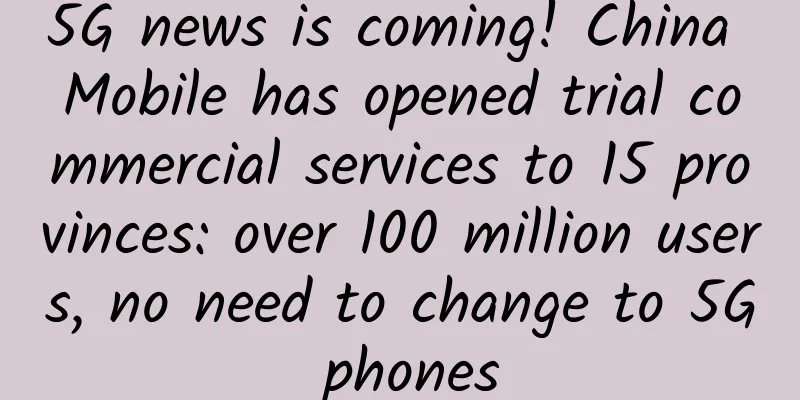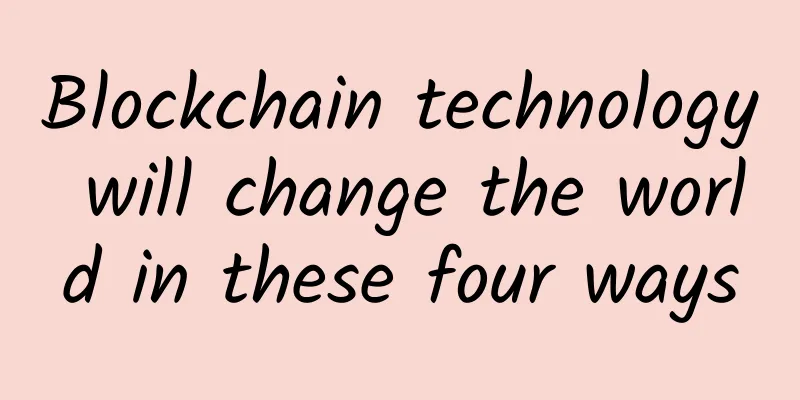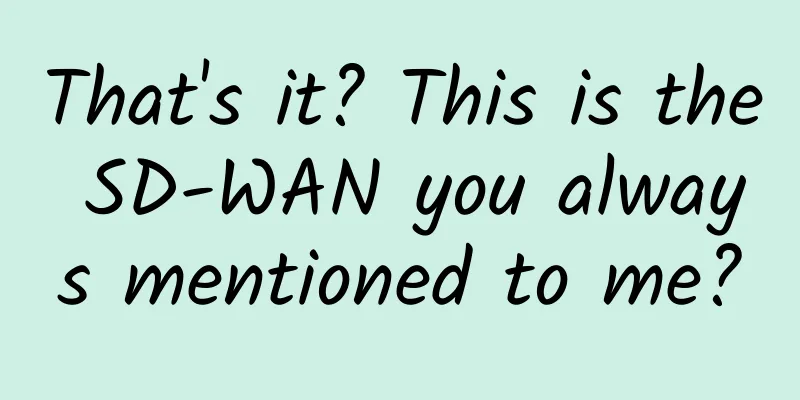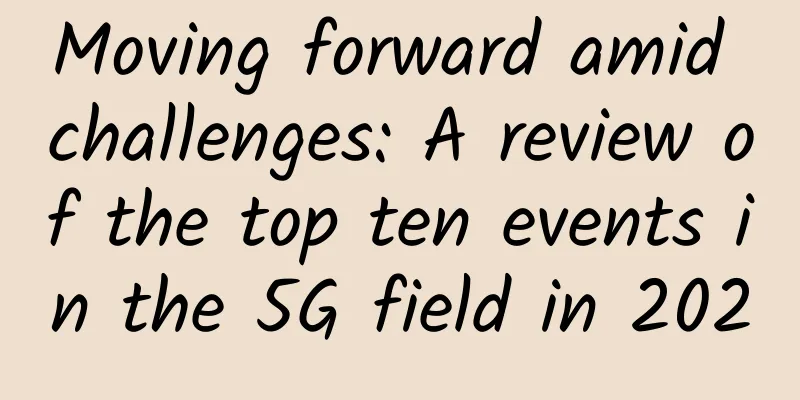5G news is coming! China Mobile has opened trial commercial services to 15 provinces: over 100 million users, no need to change to 5G phones

|
On October 14, at the "5G Message Ecosystem Development Forum" at the China International Information and Communication Exhibition, Wu Huazhi, deputy general manager of the Converged Communications Division of China Mobile Internet Co., Ltd., said that China Mobile's 5G messages are currently open to trial commercial docking in 15 pilot provinces. 5G messages will break the traffic monopoly of some super apps and become a super app with fair traffic and strong reach.
Wang Quan, vice president of ZTE, said at the forum that as of June 30 this year, China Mobile's existing network was ready for full commercial use of 5G messaging, and the number of 5G messaging users on China Mobile's existing network has exceeded 100 million. In China Mobile's bidding, ZTE will undertake more than 400 million user capacity. Wang Quan pointed out that it is not necessary to change to a 5G mobile phone to use 5G messages. He called on terminal manufacturers to push upgrades so that mobile phones connected to the network, whether 3G, 4G, or 5G, can support 5G messages as soon as possible. In addition, 5G messages also support WLAN access, which can save some traffic for users. 5G messaging starts commercial trials "I have good news to report to you today: China Mobile has opened trial commercial use of 5G messages to some customers, and China Mobile has opened trial commercial connections to 15 pilot provinces." Wu Huazhi revealed the latest progress of 5G messages at the above forum. On April 8, China's three major operators and eight major terminal manufacturers jointly released the "5G Message White Paper", which is considered by the industry to be a milestone in the first year of China's 5G messaging. In the next three years, 5G messaging will be in an introduction period. Wang Quan introduced that as of June 30 this year, China Mobile's existing network was ready for full commercial use of 5G messages. "We are building a 5G messaging platform with a relatively large capacity. In China Mobile's bidding, we have a capacity of more than 400 million users. According to our statistics, China Mobile's existing network currently has more than 100 million users, and this number is growing every day." He pointed out that the world's first true 5G message (based on GSMA UP2.4) was sent by ZTE's 5G messaging platform. ZTE already has the industry's largest stable commercial operation experience with a single-station user scale of more than 100 million, and currently carries more than 75% of the 5G messaging users in the entire network. The global RCS business has been developing rapidly. According to a report by Huaxi Securities, 76 operators around the world have commercialized RCS, with 250 million daily active users. It is expected that next year, 135 operators will be covered, with 800 million monthly active users. China is also following closely behind RCS, and the three major operators are actively promoting it. For example, during the 2019 MWC World Communications Mobile Conference, China Mobile has released a 5G messaging product - RCS commercial rich media messaging. According to relevant people from GSMA, the number of enhanced messaging users of China Mobile has ranked first in the global 5G messaging (RCS) market share. You can use 5G messages without changing your phone Is it true that only 5G phones can use 5G messaging? Wang Quan pointed out that the three major operators, led by China Mobile, have released unified specifications for 5G message terminals. At present, there are two main ways to upgrade existing network terminals: the first is to replace old models with 5G mobile phones; the second is to upgrade the terminal. "We call on all terminal manufacturers to proactively push upgrades to their terminals. For Android phones, as long as we push the corresponding upgrade version and users can accept it, existing network terminals, whether 3G, 4G, or 5G, can be upgraded to support UP2.4 and 5G messaging." Wang Quan emphasized that ZTE's 5G messaging platform is compatible with 3G, 4G and 5G access. Du Chengxin, general manager of the 5G messaging operation department of China Telecom's value-added service center, pointed out that the SMS module in the terminal has not been substantially upgraded in the past few years, and the experience is still the same as that of the feature phone era. The launch of 5G messaging requires an intelligent upgrade of the original SMS module, which requires terminal manufacturers to replace the original traditional SMS module with a new SDK module through pre-installation or replacement. However, this also faces the problem of redistribution of benefits: 5G messages are an application that does not need to be downloaded, and its strong interactive properties mean that 5G messages may replace the installation of some APPs. It is expected to become a strategic entry point for massive lightweight applications to be launched and used immediately, which may subvert the traditional APP distribution model. Fu Guoqiang, an expert at the Institute of Technology and Standards of the China Academy of Information and Communications Technology, pointed out that the ideal situation is that the original application store model and the operator store model can reach a consensus and promote the rapid deployment of 5G messages. However, it is also possible that two systems will be formed: the original app store becomes one system, and the operator also has an app store system. Everyone does their own thing, and business development becomes a silo that is incompatible with each other. This is not conducive to user usage habits. Developers will choose sides or make two systems, and the cost will be very high. The worst case scenario is that multiple parties engage in vicious competition, undermine each other, and wait for the country to come up with policies to define who should do the job. Breaking the traffic monopoly of super apps Fu Guoqiang pointed out that 5G messages have clear demands for operators, industries and users. For operators, in 2012, Chinese mobile phone users sent a total of 900 billion text messages. This was also the peak of the number of text messages in China. Since then, the number of text messages sent by Chinese mobile phone users has been declining year by year, and the decline has been getting bigger and bigger. By 2015, the number of text messages had dropped to 699.2 billion; in 2018, the number of text messages rebounded to 750 billion, but more than 90% of them were business information such as notification reminders, member marketing, public welfare text messages, corporate New Year greetings, and text message verification codes of major apps. According to GSMA data, the current global market value of industry SMS is US$62 billion, and it is expected that the global market value of industry SMS based on RCS will reach US$74 billion by 2021. The industry generally believes that the 5G messaging market is 6-7 times that of the traditional SMS market. For the industry, some applications with relatively low interaction frequency have relatively high installation costs. They also need an interactive service that does not require the installation of an APP and can be pushed in the form of rich media, which is timely, low-cost, and has wide coverage. For users, traditional APPs need to be downloaded and take up mobile phone storage space. Using the interactive function of 5G messages, there is no need to install various low-frequency APPs, and it can even completely replace most lightweight APPs. This is also a good thing. Wang Quan believes that in the future 5G messages will be used more in businesses that can be completed within three minutes through three to five interactions, such as some simple interactions in terms of itinerary codes and ticket purchases. "For example, if I violate traffic rules while driving on the street, I may receive a 5G message notification of the violation. After clicking on the violation picture, I can click to confirm and then click to pay. After paying the fine and penalty points, the transaction is completed. I think these will become the core business scenarios of 5G messages." Wu Huazhi said that 5G messages can be regarded as a super APP with fair traffic and strong reach. The operator's traffic is fair to all application developers. Through this platform, various application services can directly reach users without the APP, which is expected to break the current traffic monopoly of some super APPs. |
<<: More secure: Windows 10 will block installation of uncertified drivers
>>: Huawei releases "Premium Private Line 2.0 & Intelligent Distributed Access" solution
Recommend
5G is no longer dependent on operators, and 50 companies have been approved to build their own private networks
5G is not just for operators; vertical industries...
How do these countries plan their 5G breakthrough amid the COVID-19 crisis?
5G is a new technology field that all countries a...
LOCVPS: VPS in the United States/Netherlands/Germany/Australia 40% off, starting at 22 yuan/month, Hong Kong/Korea/Japan 20% off
LOCVPS has launched a February New Year promotion...
A Preliminary Study on Software Defined Network (SDN)
【51CTO.com Quick Translation】Before 2008, the ent...
The development of 5G and IoT technologies will help the electronic testing market grow
5G is a new generation of mobile communication te...
MU-MIMO technology: the key to turning slow networks into lightning-fast ones
In recent years, with the rapid development of wi...
5G is just about faster internet speed? If you think so, you are out!!!
1. What is 5G? The world's communication tech...
my country's industrial Internet platform construction faces four major bottlenecks
The Guiding Opinions of the State Council on Deep...
After reading the long connection in HTTP protocol, most programmers collected it...
What is a long connection? Long connection or sho...
The three major operators delisted from the US and returned to the A-share market
Recently, China Mobile issued an announcement sta...
Will broadband market operators monopolize the market? Private capital faces difficulties
On November 26, 2014, the Ministry of Industry an...
Can we rely on HTTPS to keep us safe?
HTTPS is the guardian of web connections Most URL...
Talking about new IP technology in data centers
Ethernet technology, also known as IP technology,...
6 considerations for new IT leaders in digital transformation
[[397841]] The journey of digital transformation ...
The “long and short” debate on WeChat video accounts
[[345275]] During the National Day holiday, WeCha...









